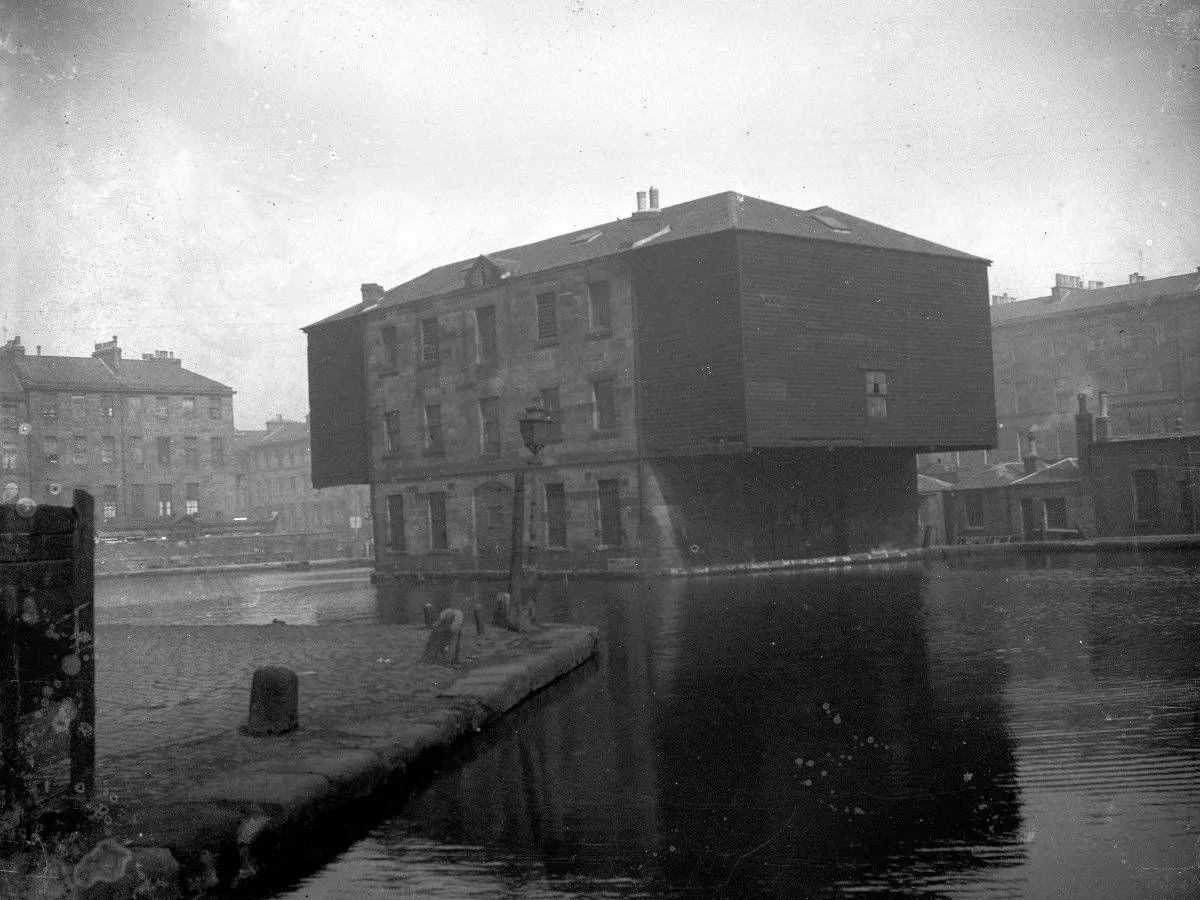By Fionnuala Boyle,Lee Dalgetty
Copyright dailyrecord

Long before the convenience of a swift drive across the M8, the Union Canal served as a seamless route for travellers journeying between Edinburgh and Glasgow, with its path leading right up to Lothian Road. Upon reaching Edinburgh, voyagers would disembark at the city centre’s eastern terminus of the canal . Known as Port Hopetoun, this basin was a city fixture for nearly a century before it was ultimately deserted. Passenger boats, known as Swifts, took a total of seven hours to reach Falkirk, and an additional six hours to arrive in Glasgow. In 1836, the canal’s heyday, 200,000 people were commuting on this intercity waterway. Constructed between 1818 and 1822, the basin also facilitated the import of coal, grain and building materials, as well as the export of waste. Passengers alighted from the boat a mere 500 feet from where the Usher Hall now stands, onto a terminal spanning 900 square metres. A bus service transported passengers from the Lothian Road basin to Princes Street , with the basin taking its name from the Earl of Hopetoun. The Earl’s collieries provided Edinburgh with a significant portion of its coal, which passed through the basin, reports Edinburgh Live . For the sum of 6s 6d, passengers were allocated a cabin onboard for the journey – equivalent to about two days’ wage at the time. For those on a tighter budget, deck seating was available for 4s 6d. Travellers would journey beneath bridges during their trips , each one numbered and some decorated in black, blue, red or gold hues. The colours signified the various roles the canal played – black representing coal, blue symbolising water, red marking the lives lost during construction, and gold celebrating the wealth generated since it was built. One stretch of the waterway that offers a window into history is the Lemmington Lift Bridge, constructed in 1906. By 1960, it had deteriorated badly. As part of the Millennium Link Project and canal restoration in 2000, work to repair the bridge commenced – and it reopened for the first time in May 2002. Currently, the canal terminates at Lochrin Basin in Fountainbridge. Usage of the service started declining in the 1840s, when the railway connection between Edinburgh and Glasgow was established. By the 1920s, passengers had virtually ceased using the canal for travel between the two cities. Fill-in work started at Port Hopetoun in 1921, creating a substantial vacant area in the city centre. Nowadays, you cannot purchase a ticket to Glasgow at this location, but you might buy a tub of popcorn. The Odeon cinema at the junction of Morrison Street and Lothian Road now occupies the spot that once greeted passengers arriving in Edinburgh. A carved stone plaque outside the structure states: “Here stood Port Hopetoun 1822-1922.” Elsewhere, the quaint village of Temple, just 12 miles south of Edinburgh, may fly under the radar with its population of around 250. However, this little-known hamlet was once said to be owned by the Knights Templar . It might sound like a plot straight out of a Dan Brown novel, but in the 12th century, this small Midlothian village was the main preceptory of the Knights Templar. Many believe it to be the hiding place of their treasure . Local legend has it that the grounds of the Temple Church, which still stands today, hide a treasure hoard that was secretly moved from Paris to the Lothians by the Knights Templar.



